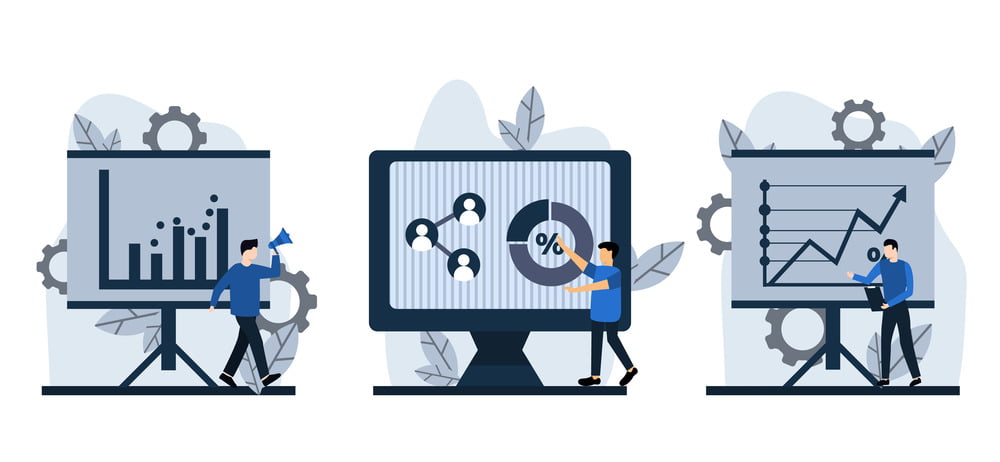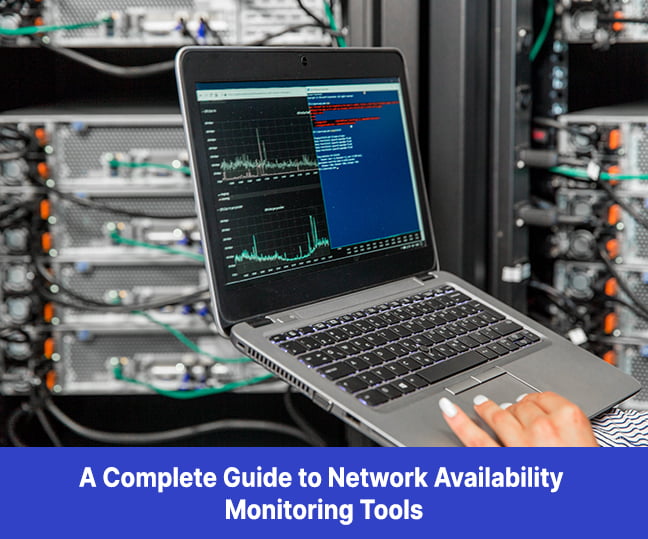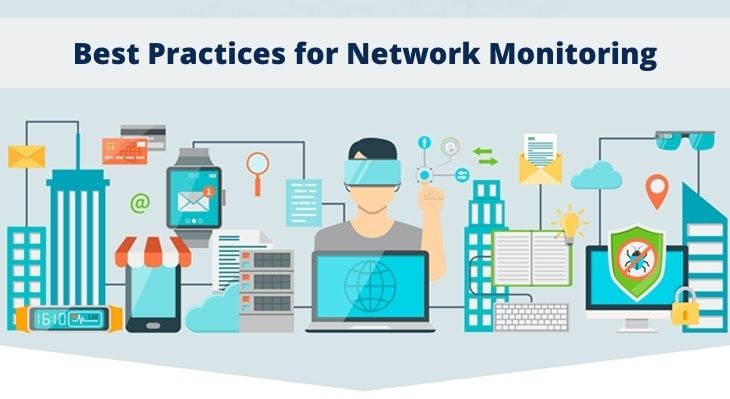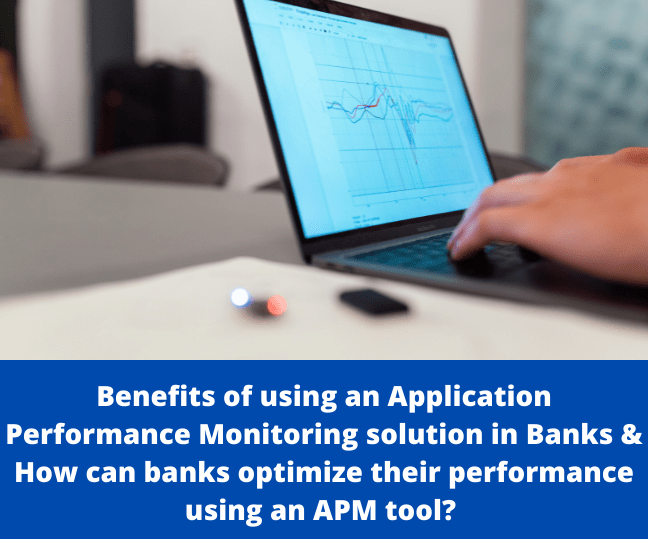Businesses today know what a cloud migration brings to the table regarding growth and optimization.
AWS is the most popular cloud platform for hosting applications of varying complexity. But, with businesses aiming to upscale faster, the deployments tend to become difficult to track.
This is one of the many reasons businesses need AWS monitoring tools. This blog will discuss the industry’s best practices for AWS monitoring.
8 Best Practices for AWS Monitoring Tools
- Prioritize Monitoring Components
The first AWS monitoring best practice is to create a culture of regularly prioritizing areas for monitoring. Some components on the AWS platform will be hotspots for your particular application, and tracking them is crucial to ensure that there are no last-minute glitches.
Creating policies for regular AWS monitoring will enable engineers to troubleshoot problems while checking for system health during routine work. Online businesses are also bound by regulatory compliance. So, a regular cloud monitoring policy will cover that aspect as well.
- Monitoring Instances
Everybody working on the platform should be aware of reporting even minor instances when an AWS monitoring culture is in place.
This allows you to keep an eye on every big or small potential problem that might hamper your operations in the future.
Ultimately, resolving problems early on is the best way to keep operations running while planning for resource scaling.
- PaaS Services
If the AWS monitoring culture is unsuitable for your workforce, you can outsource the job. You can easily do this by going for platform-as-a-service options.
In this situation, you hire a third-party vendor to look after the platform on which you wish to run your application. They manage everything related to the platform’s functioning and its technicalities. As a result, your workforce will only have to worry about management and deployment of the final solutions.
- Monitor Everything You Possibly Can
Earlier, we talked about hotspots that contribute to the system functioning in the most impactful way. However, an ideal practice for AWS monitoring is to keep an eye on everything on the platform.

Early detection is the key to avoiding significant glitches and downtime. Once this is done, almost complete immunity to multi-point failures will develop. You can also neutralize minor instances once the monitoring process becomes routine.
- Capturing Logs Helps
Logging creates a database where the user’s information can be stored and retrieved as and when required. When real-time monitoring tools are combined with logging tools, it is easier to improve the observability of your AWS platform.
This combination also helps the engineers diagnose a system failure’s root cause without having to scout through every log.
- Use Automation Where Possible
Given the scope of scalability on AWS, the production deployments are generally too large to monitor individually and manually. Hence, you will require automation tools like server management software that track system functioning in real-time.
Automation serves two critical functions in AWS monitoring. Firstly, these automation solutions accurately capture data without any vital feedback whatsoever. Secondly, the response rate with automation solutions is faster than in manual mode.
- Add Owner Tags to Instances to Boost Accountability
Adding owner tags to your AWS resources makes them more approachable to customers. They increase authenticity and are a mark of originality. More importantly, owner tags are great for your own reference.
They allow users to filter through their own resources depending on the environment, owner, goals, etc. Eventually, the AWS resources will become more searchable, making monitoring easier.
- Monitor Costs and Cost Optimizations
Unplanned dynamic changes to AWS are the reason for unwarranted increases in platform charges. AWS monitoring will help businesses track the impact of newly implemented changes on operational costs. It will also be a guide to identify areas where you can reduce spending to optimize costs.
Why Choose Infraon for AWS Monitoring Tools?
At Infraon, our advanced monitoring tools provide tailored AWS monitoring solutions for our clients. Strategies are created to incorporate the essence of all monitoring best practices. Furthermore, we specialize in delivering solutions that contribute to scalability, maintenance, and performance.
The bottom line:
AWS Monitoring unlocks several vital benefits for businesses. Whether on the engineering or the IT side of things, every aspect of running a business on AWS benefits from consistent monitoring. To experience this upliftment of your existing workflows, contact Infraon today.


















